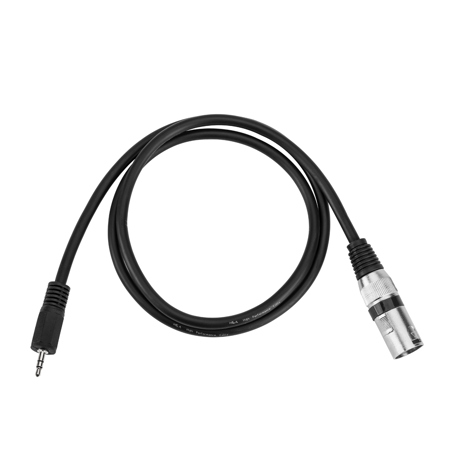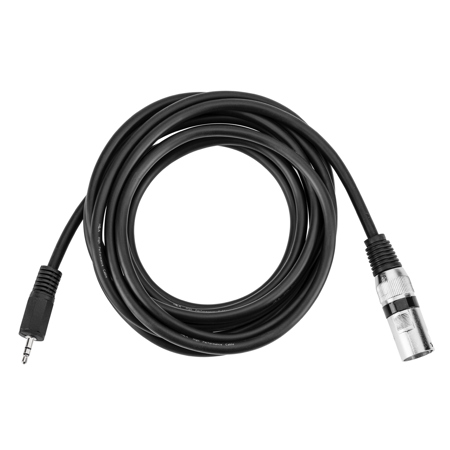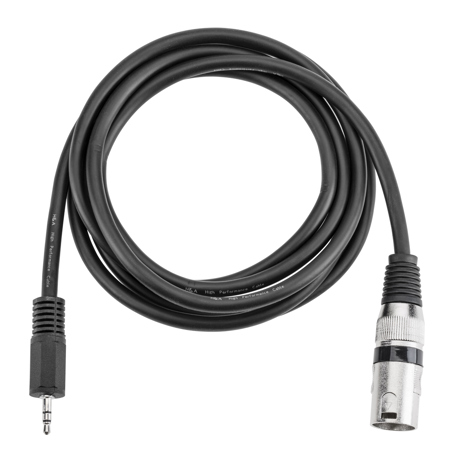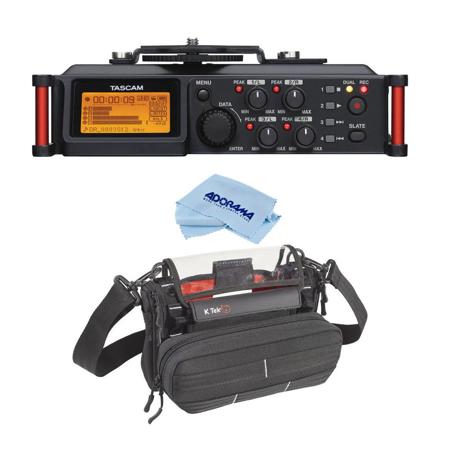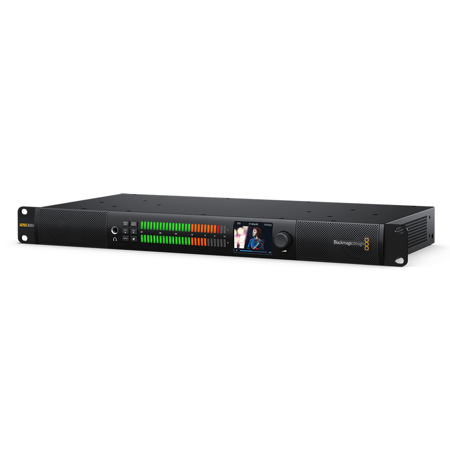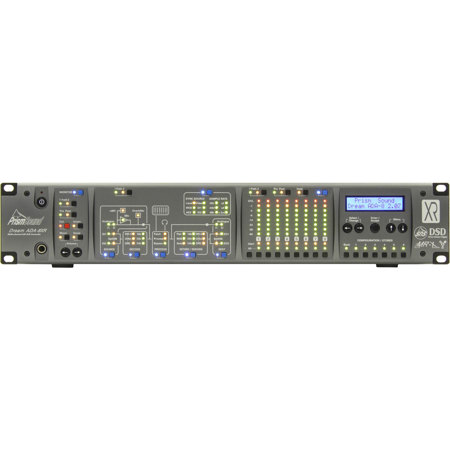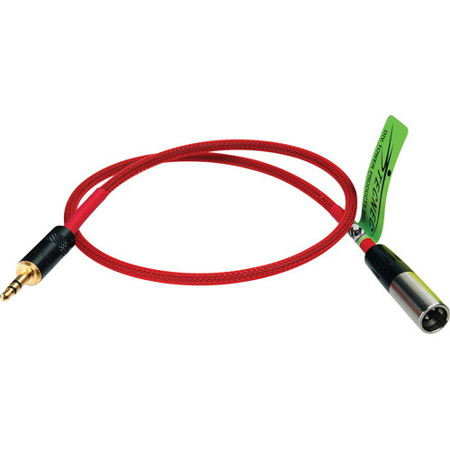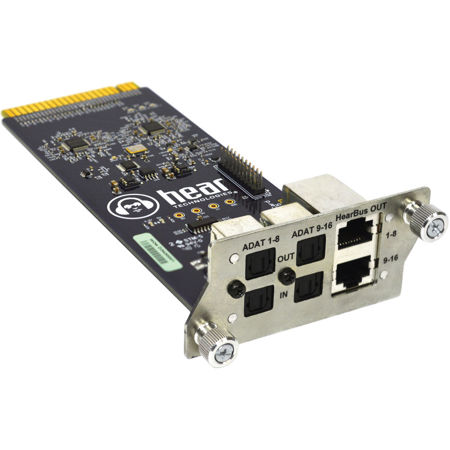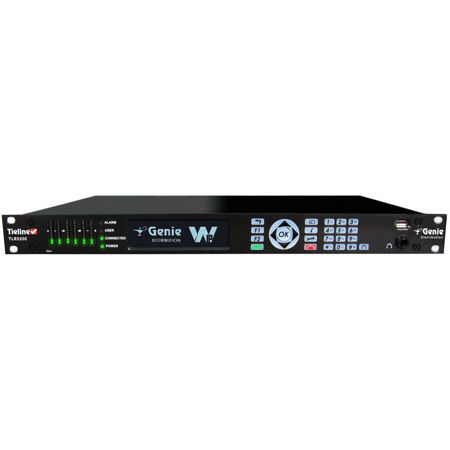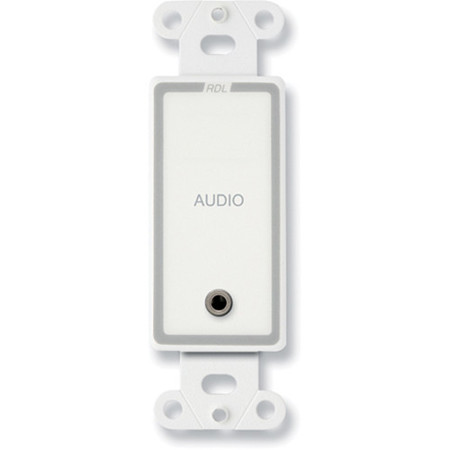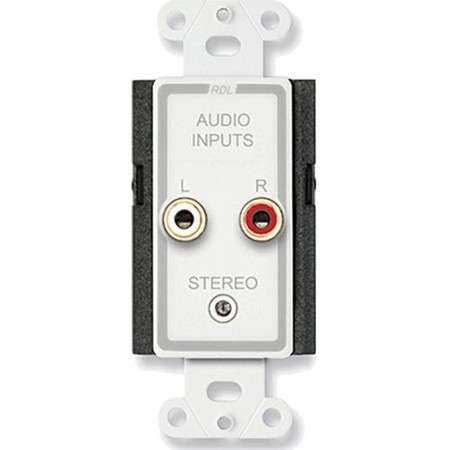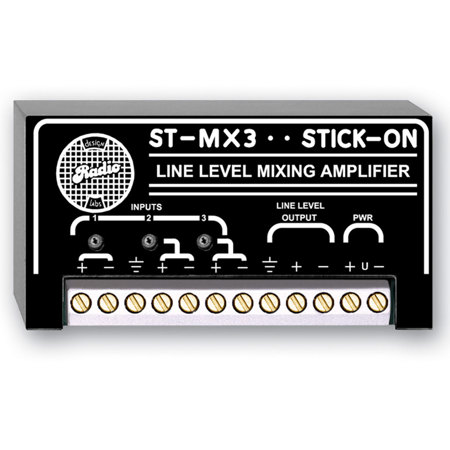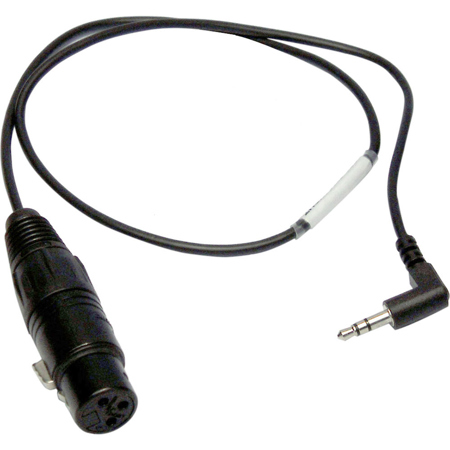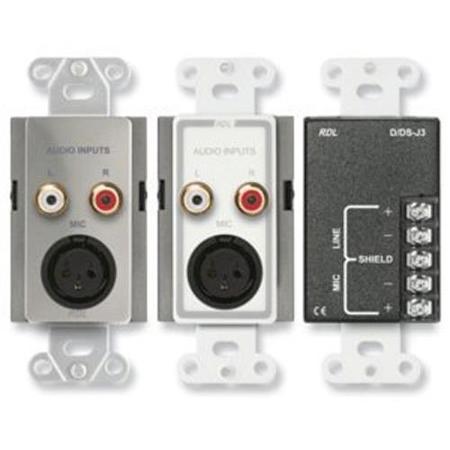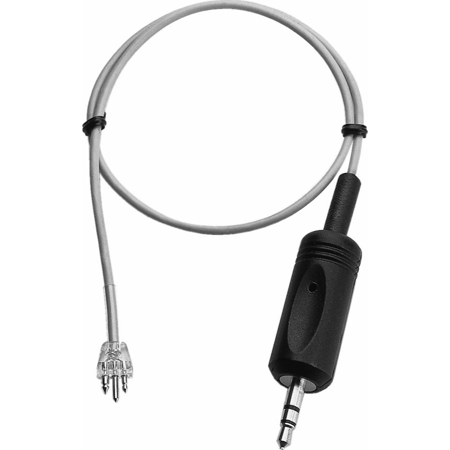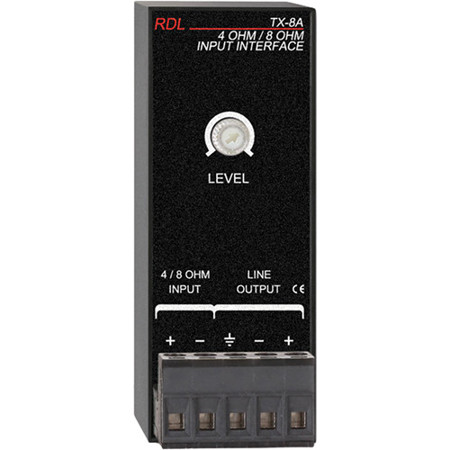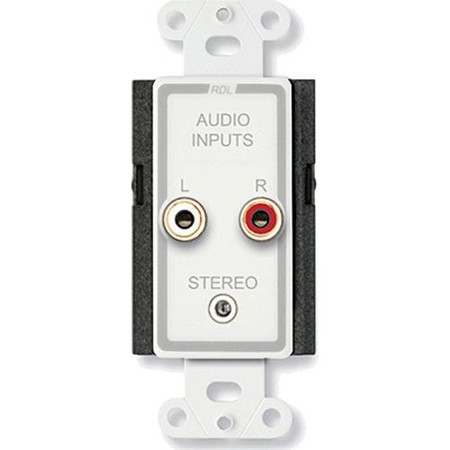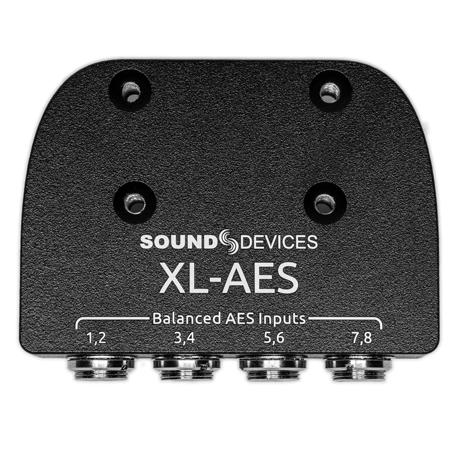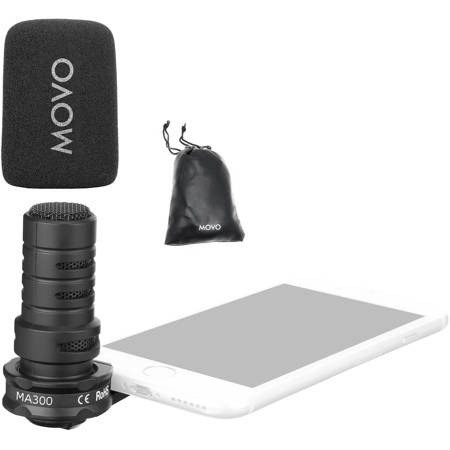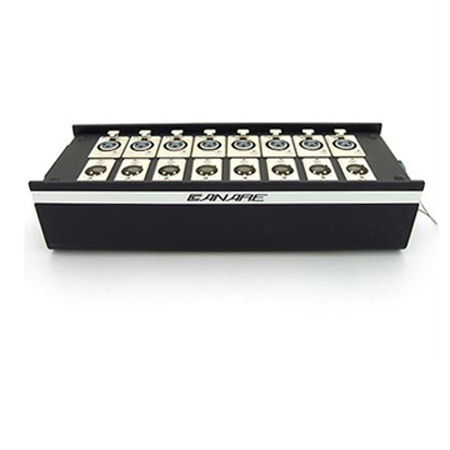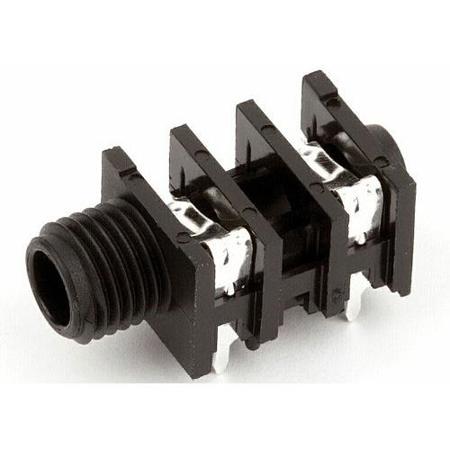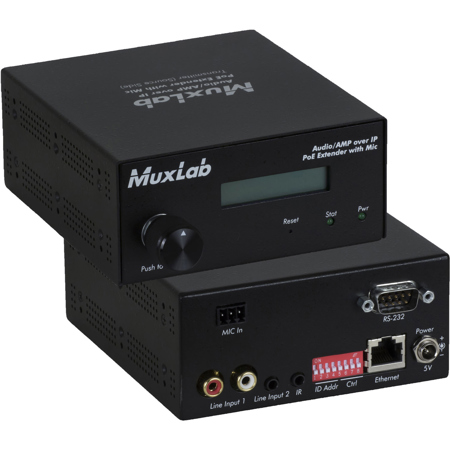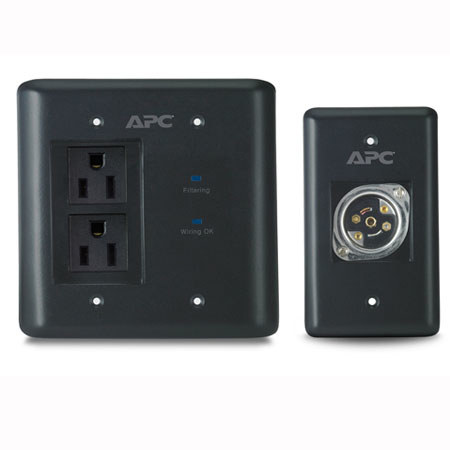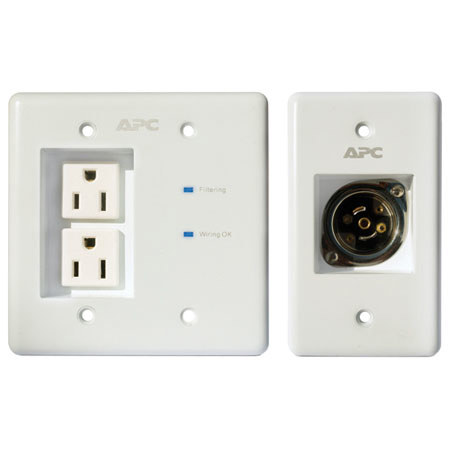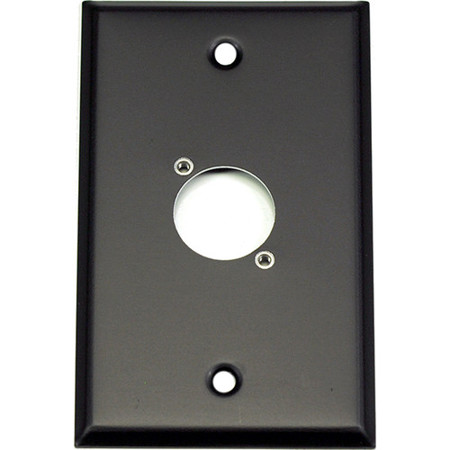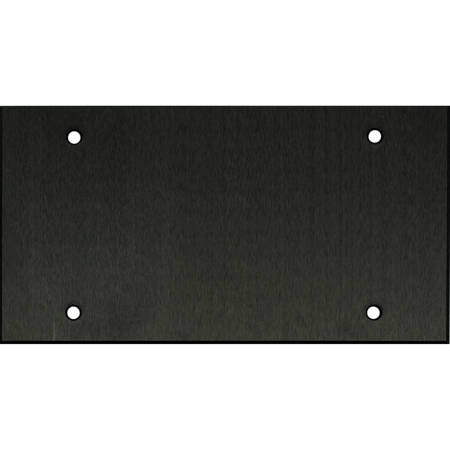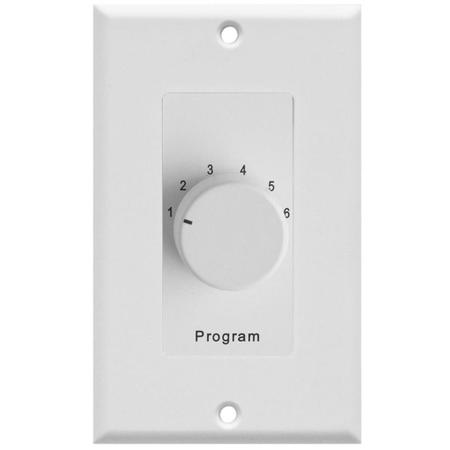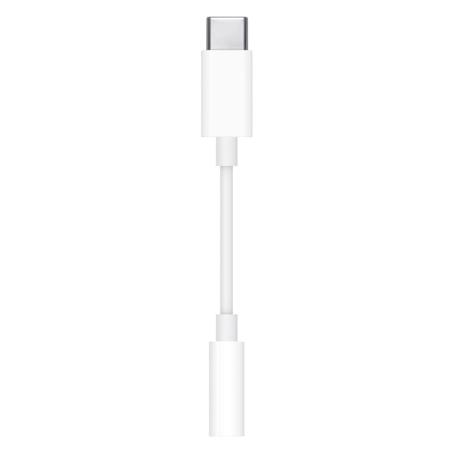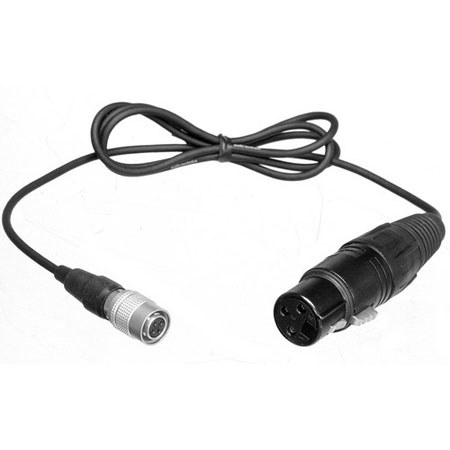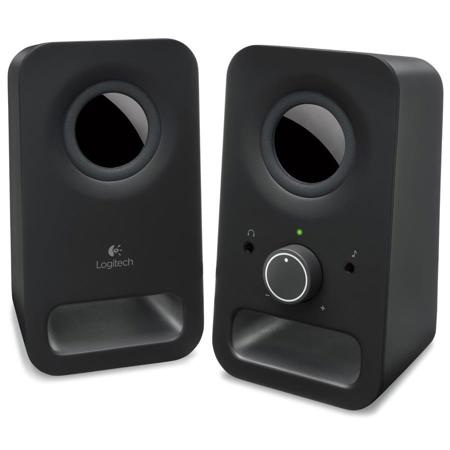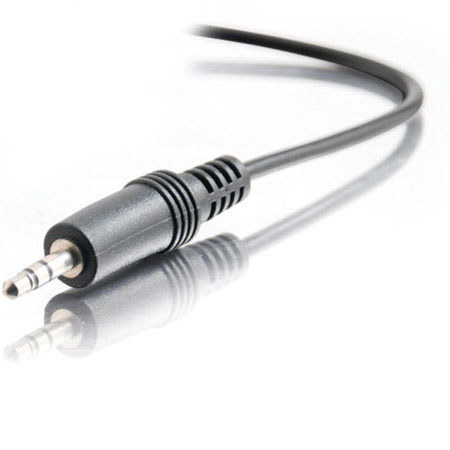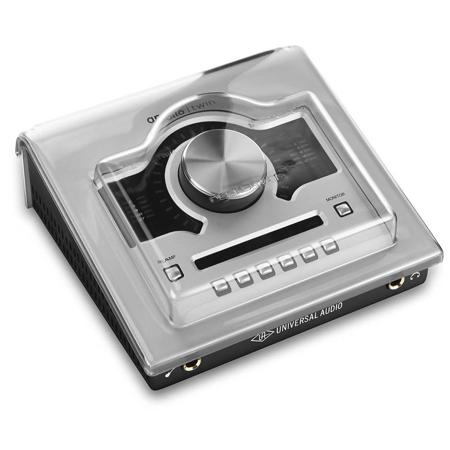Audio Input Jacks
Audio input jacks are a cornerstone of modern audio connectivity, serving as the gateway between your sound source and the devices that capture, process, or amplify it. Whether you’re piecing together a home recording studio, upgrading your live sound rig, or simply ensuring your computer can accommodate a wide range of audio equipment, understanding the nuances of audio input jacks is essential. These physical ports—most commonly the 3.5mm (1/8 inch) jack—are instantly recognizable on everything from laptops and smartphones to mixing consoles and audio interfaces. The larger 6.35mm (1/4 inch) jacks are a staple in professional audio environments, connecting electric guitars, keyboards, and microphones in studios and on stage. Even the smaller 2.5mm jacks, though less common today, still find their place in certain legacy devices and specialized headsets. Each type of audio input jack is designed to accommodate specific signal levels and connector types, so choosing the right one for your needs is the first step toward achieving clear, reliable sound.
As the crisp air of October ushers in a season of creativity—whether it’s capturing the ambiance of autumn with field recordings, jamming with friends in a cozy home studio, or preparing for holiday performances—the importance of dependable audio connections becomes even more pronounced. Musicians, podcasters, content creators, and audio engineers all rely on the correct input jacks to ensure their microphones, instruments, and playback devices can communicate seamlessly with their recording or amplification systems. For example, the light blue line-in jack on a computer is ideal for connecting external audio sources like digital audio players or home theater systems, while the pink microphone input is specifically tailored for capturing vocals or instruments directly. Meanwhile, the lime green output jack sends processed audio to headphones or speakers, rounding out the essential trio of connections found on many consumer and professional devices. For anyone considering a thoughtful gift, audio input jacks and their corresponding accessories make practical choices for students starting out in audio production, hobbyists upgrading their setups, or professionals seeking to expand their connectivity options. The right jack can mean the difference between a flawless recording and a missed moment, making them a subtle yet crucial component in any audio workflow.
When selecting an audio input jack, it’s important to assess not only the physical size and compatibility but also the signal type—whether you need a jack for line-level sources, direct instrument input, or microphone-level signals. Color coding can be a helpful guide: light blue typically signals line-in, pink designates microphone input, and lime green marks audio output. Those building or expanding their setups often find that investing in quality jacks and connectors pays off in the long run, minimizing unwanted noise and ensuring a secure fit that won’t loosen over time. It’s also worth exploring the range of available accessories, such as adapters and extension cables, which can help bridge the gap between different devices and connector types. For a full selection of solutions to complement your input jacks, browse our collection of Audio Input Cables to find the exact fit for your setup. Whether you’re recording an acoustic session as the leaves fall outside or prepping for a busy holiday season of performances and podcasts, the right audio input jack ensures every note, word, and sound is captured with clarity and precision.
As the crisp air of October ushers in a season of creativity—whether it’s capturing the ambiance of autumn with field recordings, jamming with friends in a cozy home studio, or preparing for holiday performances—the importance of dependable audio connections becomes even more pronounced. Musicians, podcasters, content creators, and audio engineers all rely on the correct input jacks to ensure their microphones, instruments, and playback devices can communicate seamlessly with their recording or amplification systems. For example, the light blue line-in jack on a computer is ideal for connecting external audio sources like digital audio players or home theater systems, while the pink microphone input is specifically tailored for capturing vocals or instruments directly. Meanwhile, the lime green output jack sends processed audio to headphones or speakers, rounding out the essential trio of connections found on many consumer and professional devices. For anyone considering a thoughtful gift, audio input jacks and their corresponding accessories make practical choices for students starting out in audio production, hobbyists upgrading their setups, or professionals seeking to expand their connectivity options. The right jack can mean the difference between a flawless recording and a missed moment, making them a subtle yet crucial component in any audio workflow.
When selecting an audio input jack, it’s important to assess not only the physical size and compatibility but also the signal type—whether you need a jack for line-level sources, direct instrument input, or microphone-level signals. Color coding can be a helpful guide: light blue typically signals line-in, pink designates microphone input, and lime green marks audio output. Those building or expanding their setups often find that investing in quality jacks and connectors pays off in the long run, minimizing unwanted noise and ensuring a secure fit that won’t loosen over time. It’s also worth exploring the range of available accessories, such as adapters and extension cables, which can help bridge the gap between different devices and connector types. For a full selection of solutions to complement your input jacks, browse our collection of Audio Input Cables to find the exact fit for your setup. Whether you’re recording an acoustic session as the leaves fall outside or prepping for a busy holiday season of performances and podcasts, the right audio input jack ensures every note, word, and sound is captured with clarity and precision.
